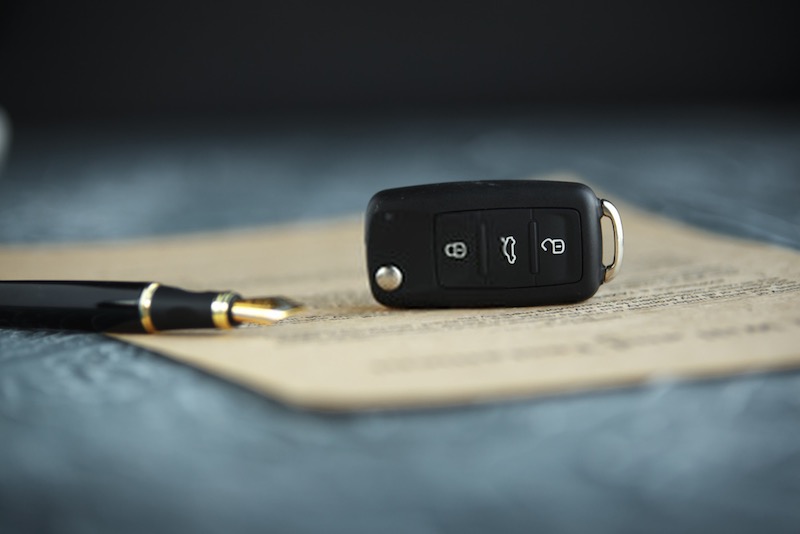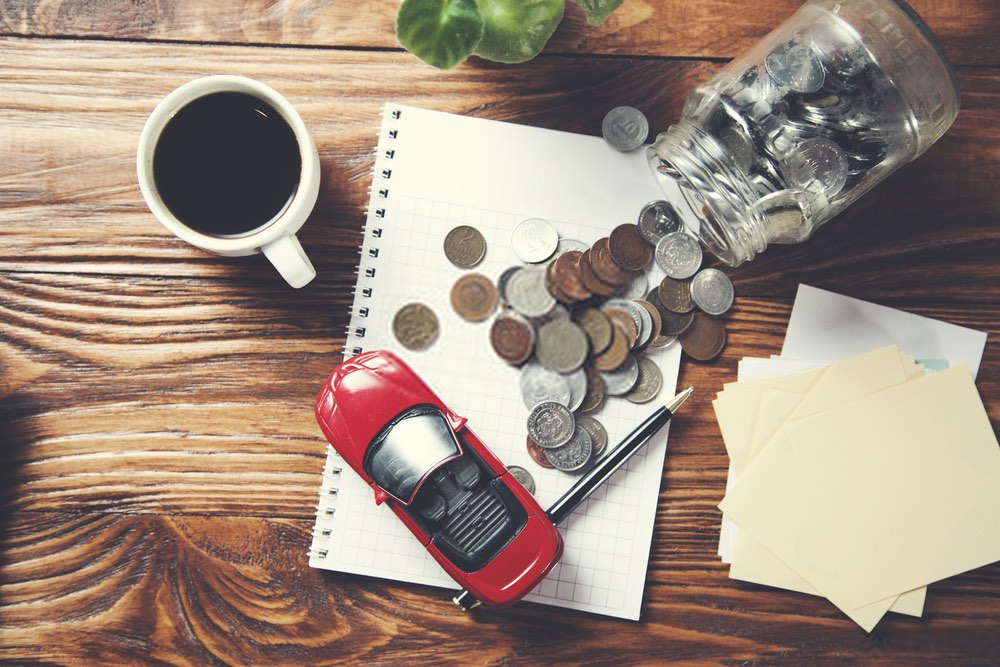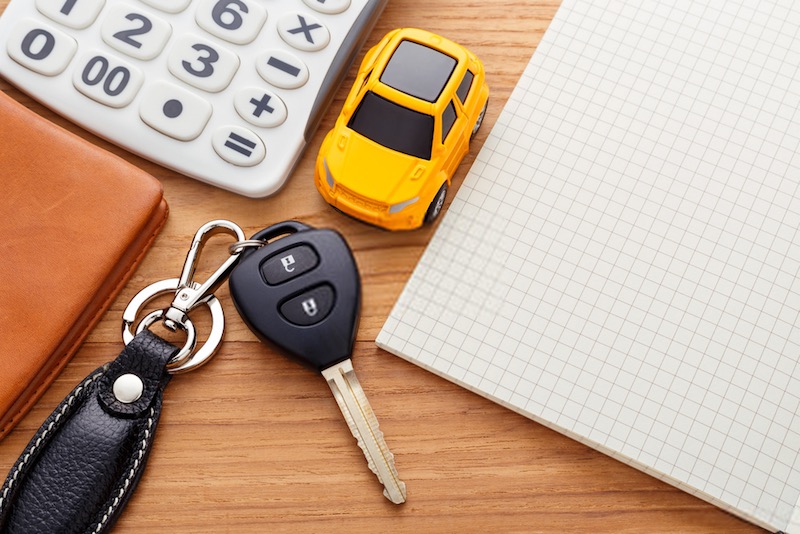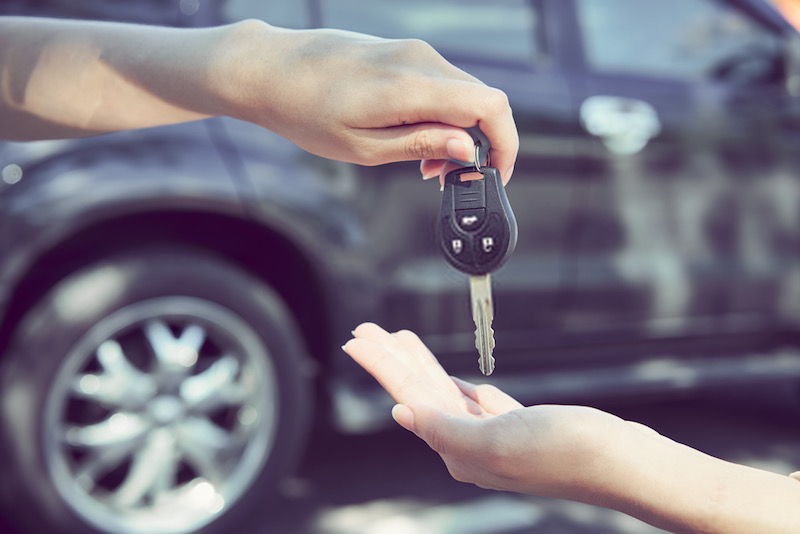Contents
Having a PCP plan in place can help to relieve the cost of having a new car, splitting the overall cost into smaller, more manageable monthly payments. A PCP finance agreement will also be priced lower than other finance options available on the market. The main reason for this is because you pay the depreciation in the value of the car and not the total value it was worth when it was new.
The depreciation you pay as part of a PCP plan is calculated by taking the starting cost of the car when you receive it, and then working out the difference from what it will be worth at the end of the term. Once you get to the end of the agreement there will usually be a lump sum due that the car industry refers to as a balloon payment, but can also be called a Guaranteed Future Value or GFV. This is a sum of money you have to pay if you want to become the outright owner of the car.
How Does a PCP Finance Work?
Taking out a PCP finance agreement means you are taking out a loan that is secured against the car. In the event you fall behind on the payments, the finance company is well within their rights to take the car off you.

When you first start looking at taking out a PCP plan, you have to think about what amount of money you will be borrowing for what length of time. There are plenty of PCP calculators online that will help you figure out affordable monthly repayments that will suit your budget and whether you’re eligible for acceptance.
The first step in entering into a PCP finance agreement is paying a deposit. There are absolutely non-deposit PCP plan options but paying some money upfront means you won’t have to borrow as much money from the lender. Upon entering into an agreement you also have to agree with the lender how many miles you think you will be driving throughout the term of the contract.
Once you pay your deposit or part-exchange your old car the finance company will then pay the remaining balance to the dealership for the car you want. This is when you will have to pay out a monthly amount to the finance company for the agreed period of time set out in your contract. Time frames can go anywhere from one year to five years with a PCP plan.
Nearing the end of the contract when you’ve made all of your monthly payments but haven’t forked out for the balloon payment yet, there are a few decisions you will have to make. The first is whether you will be able to make the final payment as well as the fee that is referred to as the option to purchase. These payments, once made, mean that you are the outright registered owner of the car.
If you don’t want to or can’t manage to make these payments, then you will have to decide to return the car back to the finance company. Upon doing this, there may be some fees you still have to pay. These can range from going over your mileage allowance to damages to the car that exceed the normal wear and tear a finance company will allow.
The third decision you may want to consider is part exchanging your car. You can do this to settle the existing finance agreement you already have, leaving you free to take out a new PCP plan on a different vehicle.
Choosing the Best Personal Contract Purchase Plan

Before taking out any form of car PCP, you have to think about it very carefully as it is a form of finance. Not making payments can negatively affect your credit and you have to make sure you can absolutely afford the car before entering into a plan. A PCP finance agreement isn’t just available from your local car dealer. There are loads of PCP deals out there, so make sure you shop around to find the best one for you.
Once you find some different PCP deals, compare them. This helps you to find the lowest monthly payments, the most affordable balloon payments and the different rates of interest. Remember always to read customer reviews for finance companies as well to see other people’s experience with the lender you are interested in.
A huge part of planning for a PCP is making sure you can pay all of the monthly payments for the set amount of time in the contract. An important thing to really think about is if your situation changes, would you still be able to make that monthly payment. Another part of the affordability is thinking about how you would get the money together for the balloon payment at the end of the PCP plan if you would like to keep the car. You can also upgrade early depending on your contract.
The Pros and Cos of PCP Finance Agreements

Much like any sort of finance agreement, there are pros and cons of taking out a PCP.
PROS Of Personal Contract Purchase
- The monthly payments you will have to make are usually much lower than with a Hire Purchase or HP agreement and with unsecured personal loans too.
- Monthly payments are always fixed, so you will never have to be unsure about how much you need to pay every month.
- From the very start of the agreement, you know how much the minimum amount of money your car is guaranteed to be worth by the end of the contract. This makes it easier to budget for a trade-in if you want a new PCP plan.
- A PCP finance agreement is completely flexible. There are options to give the car back to the lender, make a balloon payment or trade the vehicle in for a new PCP plan, although not all lenders allow you to do this.
- Because the monthly payments are lower than other finance options with a PCP, you may be able to afford a more expensive car while remaining inside of your set budget.
Cons Of Personal Contract Purchase
- You won’t own the car outright until you have made all of your monthly payments plus the balloon payment at the end of the agreement. At any time if you don’t make your monthly payments, the finance company can and will repossess your car.
- A PCP plan usually has excess mileage fees and charges for damages too. You have to pay these at the end of the agreement and can be quite costly.
- A deposit has to be put down with a standard PCP plan.
- Once you’ve made all of the monthly payments and the balloon payment you may find you pay out more than you would if you took out an HP agreement or a personal loan.
PCP Versus Other Finance Options

Two other options that may have come into play when deciding on a PCP are Hire Purchase and leasing or personal contract hire (PCH) agreement. Here we are going to look at the differences between the three.
PCP Versus Hire Purchase
A hire purchase or HP agreement means you hire a car and making a monthly payment for a set amount of time. The total amount you have to payout is spread evenly over the set contract term of the loan. At the end of the HP agreement, you can pay an option to purchase fee to buy the car outright. Because you are only hiring a car with a HP, the monthly payments are usually a bit higher than a PCP plan. The benefit of an HP here is that if you want to buy the car once the HP plan has come to an end, you don’t have to find a large sum of money to make a balloon payment.
PCP Versus Leasing / PCH
Leasing a car is a way of taking out a long-term rental agreement. This differs from a PCP or an HP because there isn’t an option of buying and keeping the car one the contract has finished. When you lease a car, you won’t have to fork out for any maintenance costs. If you enter into a PCP or HP agreement, any maintenance or services the car needs falls on your shoulders.
What Are Your Options at the End of a PCP Plan

Once you get to the end of the PCP agreement, there are three different paths you can go down. The first is to give the car back to the finance company. You won’t be charged any extra fees as long as you’ve kept the car in good working order, you haven’t gone over the agreed mileage limits, and you’ve been servicing and maintaining the vehicle to the company’s standards.
Another option you have is to keep the car. To do this, you have to find a lump sum of money to pay off the balloon payment and the option to purchase fee at the end of the plan.
Some finance companies will allow you to part-exchange the current PCP plan and the car you already have to take out a new one. If the car ends up being worth more than what the estimated balloon payment is at the end of the contract, you’ll have some positive equity to work with when you get to the dealership.
PCP Plan Jargon Explained
Walking into the world of PCP finance agreements can be confusing because of all the jargon they use. The first one you may come across with a PCP is the amount of APR or interest you have to pay on the agreement. The APR takes into account all of the charges and fees that come along with the finance. If there is a difference between the APR and interest fee, it’s because the APR adds all of the fees and charges onto the interest for one lump amount.
Another word that gets thrown around with PCP plans is depreciation. This will be how much your car will reduce in value as time goes by. Many finance companies will set out a mileage limit when you take out a PCP. If at the end of the agreement you’ve gone over the mileage limit you will be charged for each mile you are in excess by.
A considerable part of a PCP plan is the balloon payment many people choose to make at the end of the agreement. If you want to buy the car outright, you will have to pay the balloon payment that was set out at the beginning of your PCP finance.
What Do I Need for a PCP Finance Application?

Now that you know everything there is to know about a PCP finance agreement, it’s time to take action and put in your application. There are individual bits of information you will have to supply to the finance company to have your application accepted.
The first thing any finance company will ask for is all of your personal details. This includes your name, address, date of birth, your current living status and anywhere else you’ve lived in the past three years. The lender will also want to know what your current employment status is, what it’s been for the last three years, plus all of your employer’s information. If you are self-employed or own your own business, you need to provide bank account statements to prove your income.
Bank details are the next thing you will have to provide to the lender as part of a PCP application. This account should be where the payments will be taken from each month. The finance company will also want to see proof of address such as a council tax bill, your driver’s license and any proof of income you have, such as payslips and bank statements.
Choosing PCP Finance
Whether you choose to enter into a PCP plan or another type of finance agreement, it’s important to look at all of the options before jumping in with both feet. Whichever way you decide to go, remember to rake a look at your credit score. The better your score is, the more likely it is you’ll get better rates for your PCP plan. If you have a bad credit score, the finance company may decline your application altogether. Once you’ve done all of your research and you’re ready to go, choose the right car finance and enjoy your new wheels!

